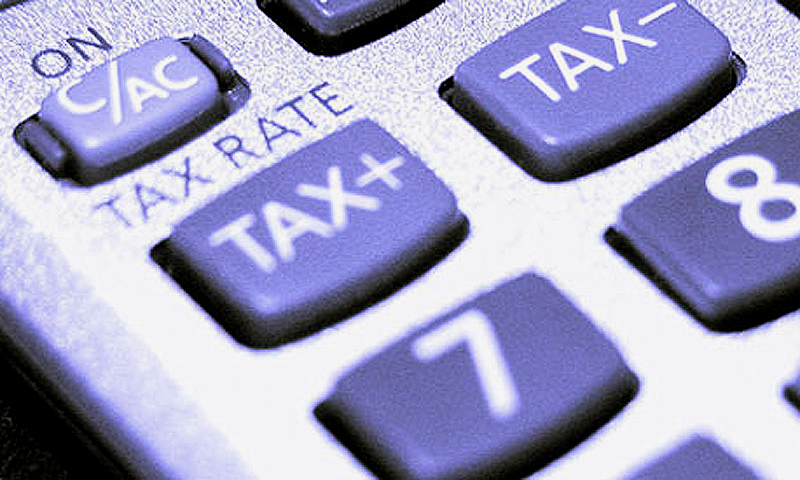Recently Punjab government had proposed implementation of 19.5% service tax on internet services, similar to the one already implemented in Sindh. The tax was to come into effect on bills greater than Rs. 1,500 or internet connections above 2 Mbps.
The imposition of this provincial tax resulted in digital protest, led by several leading blogs and websites, that forced the Punjab government to re-think the proposal and ended up withdrawing the tax. While it is a success for the digital landscape, particularly of Punjab region, it is still a cause for concern in Sindh.
There are no viable taxation options in Sindh except taxing the already taxed, and since it is mostly middle-class of urban areas that can afford internet services above Rs. 1,500 or would need speed higher than 2 Mbps, people already paying a lot of taxes are laden with even more taxes. In recent budget, no relaxation over internet tax announced though telecom tax has been reduced from 19.5% to 18%.
This means, people in Sindh will saving about 1 rupee on every recharge of 100 rupee card. Despite the reduction the tax still stands higher by 4% compared to other provinces. The federal and provincial taxes on telecom services are a large source of revenue and Pakistan’s telecom sector is the most taxed in the region. With 3G/4G, the availability of internet to masses has dramatically increased, accessing areas that were inaccessible before and there are greater opportunities for internet propagation. Taxes, however, are not helping the cause and burdening pockets.
Despite this, Sindh budget is a deficit budget and requires support from federal government to meet its expenses. There doesn’t seem to be any indication these taxes would be relaxed anytime soon.

